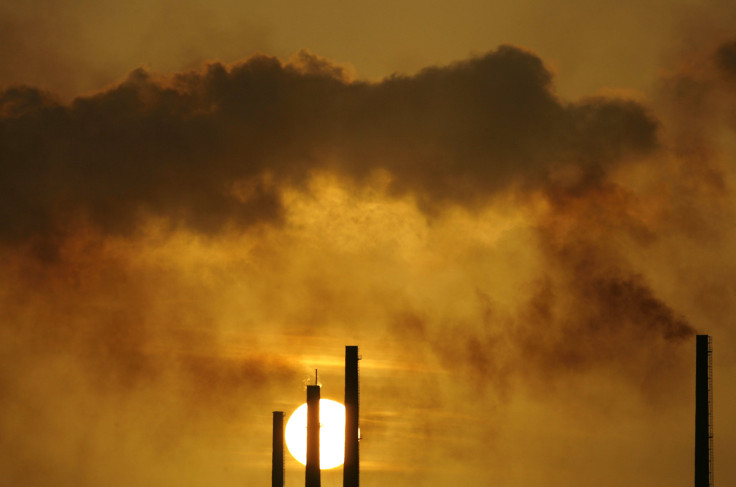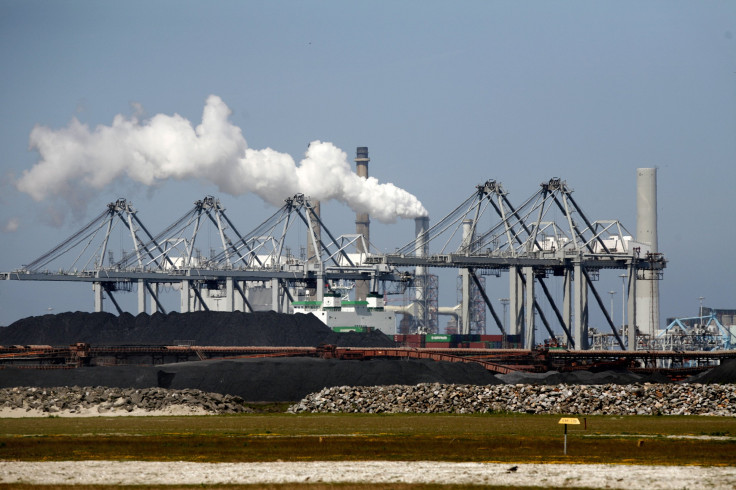World’s Largest Vacuum To Suck Pollution From Emissions Right Out Of The Air

A Dutch company debuted Tuesday a massive vacuum designed to clean the air in the Netherlands. Envinity Group, a tech start-up aimed at improving the future through sustainability, designed the 26-foot-long vacuum to filter fine and ultrafine particles out of the air.
“A large column of air will pass through the filter and come out clear,” Henk Boersen, a spokesman for Envinity Group, told Agence France-Presse.
The steel vacuum can absorb air from up to almost 1,000 feet around it and four miles above it, filtering out 100 percent of fine particles and 95 percent of ultrafine particles. Fine particles in the air are caused by wood burning and industrial combustion, while ultrafine air particles are released through emissions from cars and planes.

“Fine particles and ultrafine particles are known to be extremely harmful to public health as well as a hindrance to national, regional, and local investments and economic progress,” Envinity Group said in a statement introducing the vacuum.
Tiny particles in the air affect more people worldwide than any other pollutant, according to the World Health Organization. Air pollution can cause anything from skin rashes and headaches to birth defects and cancer, and the smallest particles are the most dangerous. While the body’s natural defenses can filter out larger pollutants by coughing or sneezing, smaller particles make their way past barriers and lodge themselves in the bloodstream and lungs.
An estimated 3 million people died prematurely in 2012 from contaminated air. In 2014, 92 percent of the world lived in places where the World Health Organization’s guidelines for air quality were not met.
Unique new ways of battling air pollution have cropped up around the world in recent years. The Manuel Gea Gonzalez Hospital in Mexico City debuted a “smog-eating” façade in 2014 that claims to negate the effects of 1,000 cars each day. In 2015, Milan unveiled a similar building, the Palazzo Italia, a structure covered with a cement that removes pollution from the air.
© Copyright IBTimes 2025. All rights reserved.






















